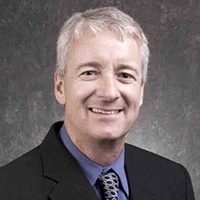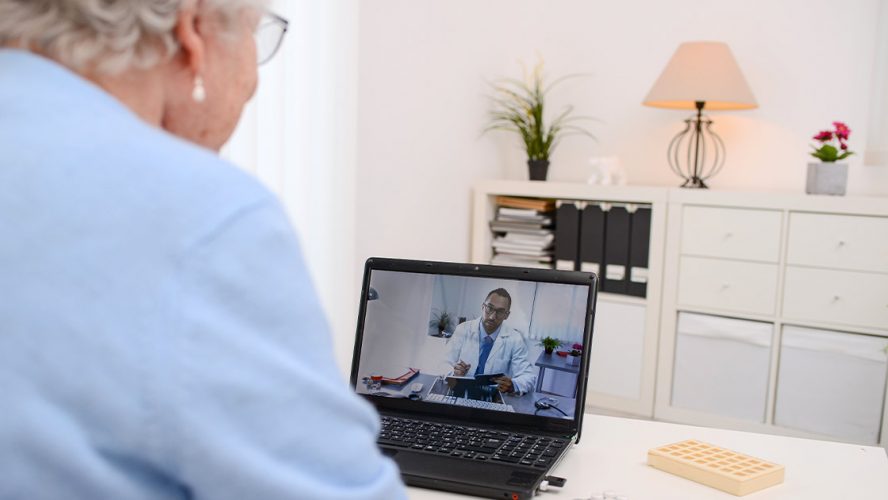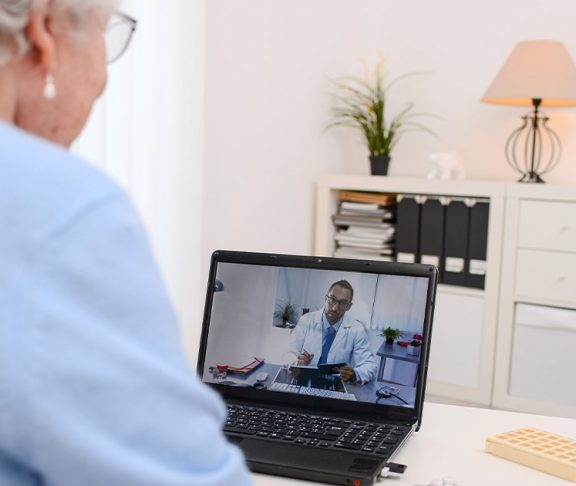
Kevin McDonald
Director, Northwest Telepharmacy Solutions
Hospital patients living in remote and rural communities who need access to pharmacists in Canada may benefit from telepharmacy care that is covering more ground.
Pharmacists are often the points of contact after patients leave hospitals, administering prescriptions and managing medications for them. Telepharmacy access does its part by supplementing healthcare facilities serving remote populations that require care, allowing patients to connect one-on-one with pharmacists, even if it’s not in person.
Pharmaceutical plans are important to managing complications for those suffering from diabetes and cardiovascular disease, among other chronic ailments, and key to understanding the medications involved is where pharmacists truly help, says Kevin McDonald, Director at Northwest Telepharmacy Solutions (NTS).
Medications that may have been added and dosed when a patient was in their 60’s, may no longer be appropriate or may actually be causing side effects such as falls when someone is in their 80’s,” says McDonald. “Prescribers and other caregivers have reluctance about stopping medications, because at some point a prescriber, possibly a specialist, thought they needed it; pharmacists are very good at piecing it all together and stopping inappropriate meds.”
Having a medication professional available who can focus solely on your therapeutic needs and not be tied to the actual dispensing of medications, and at a time convenient to you, is a game changer.
Kevin McDonald, Director at NTS
Direct care
NTS is not a typical “fill your prescription” pharmacy service, he adds. Using video conferencing, phone calls and texting, patients can regularly communicate with pharmacists for more consistent feedback and guidance.
Medications are often flown in for First Nations communities only accessible by air, unless patients have other means to pick them up. Doctors may visit these and other remote areas for brief periods, but McDonald says it’s not uncommon for patients in these communities to see multiple physicians.
However, pharmacists utilizing telepharmacy can be the most consistent provider of care to these communities and patients. Northwest Telepharmacy runs a program where pharmacists help monitor and dose patients who are on warfarin, a complicated anticoagulant that has to have a dose individualized for every patient. “We watch over 70 patients on warfarin in the James Bay Region of Ontario,” says McDonald. “Every time a patient has their blood drawn, they can be sure to get a phone call soon afterwards letting them know the result, any dose changes they need to make, and when to have their blood drawn again. While warfarin therapy can be a drag sometimes, the positive human interaction with a pharmacist is much appreciated.”
What NTS is finding with telepharmacy, is that urban residents of Canada also can benefit. “Having a medication professional (the pharmacist) available who can focus solely on your therapeutic needs and not be tied to the actual dispensing of medications, and at a time convenient to you is a game changer.”


